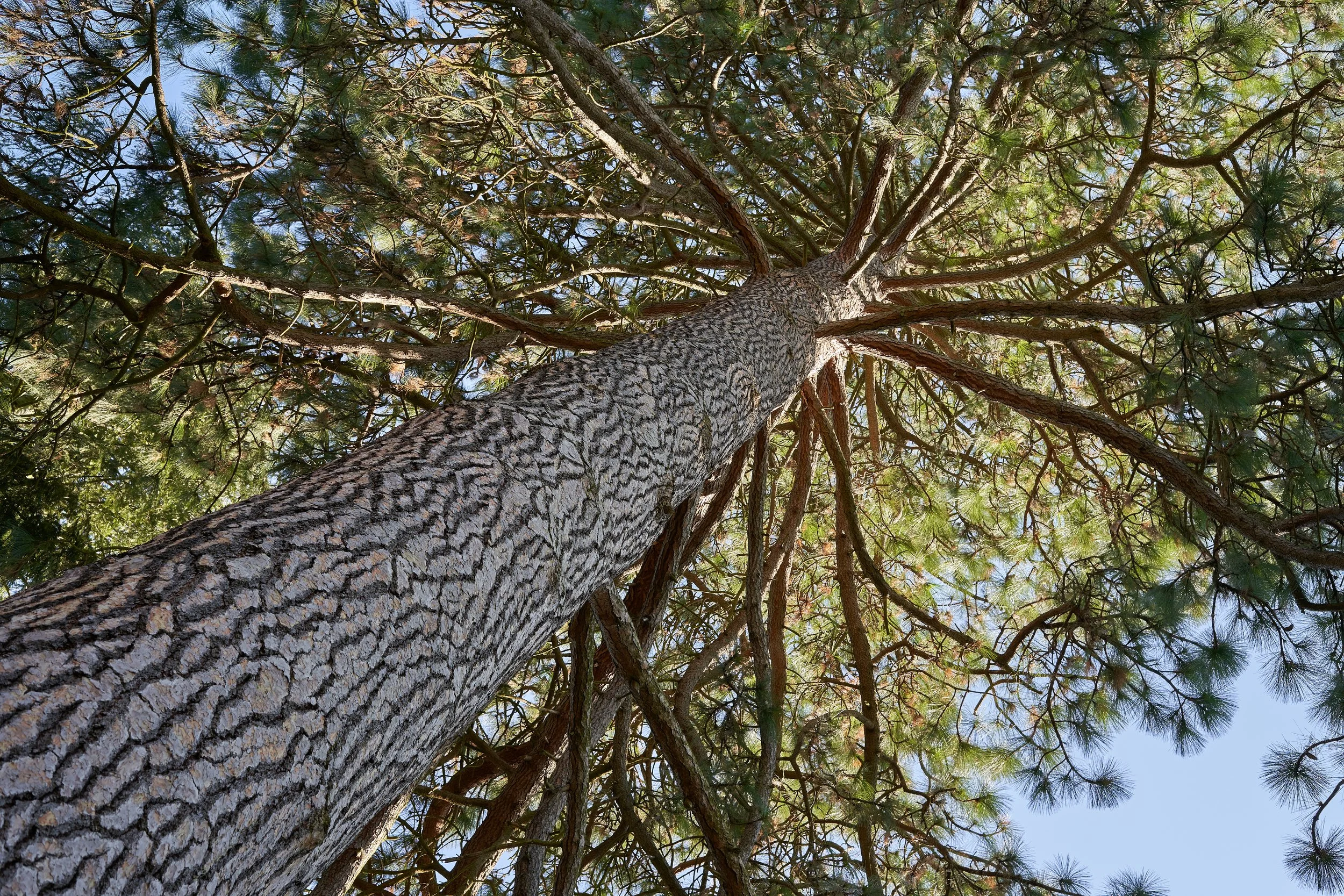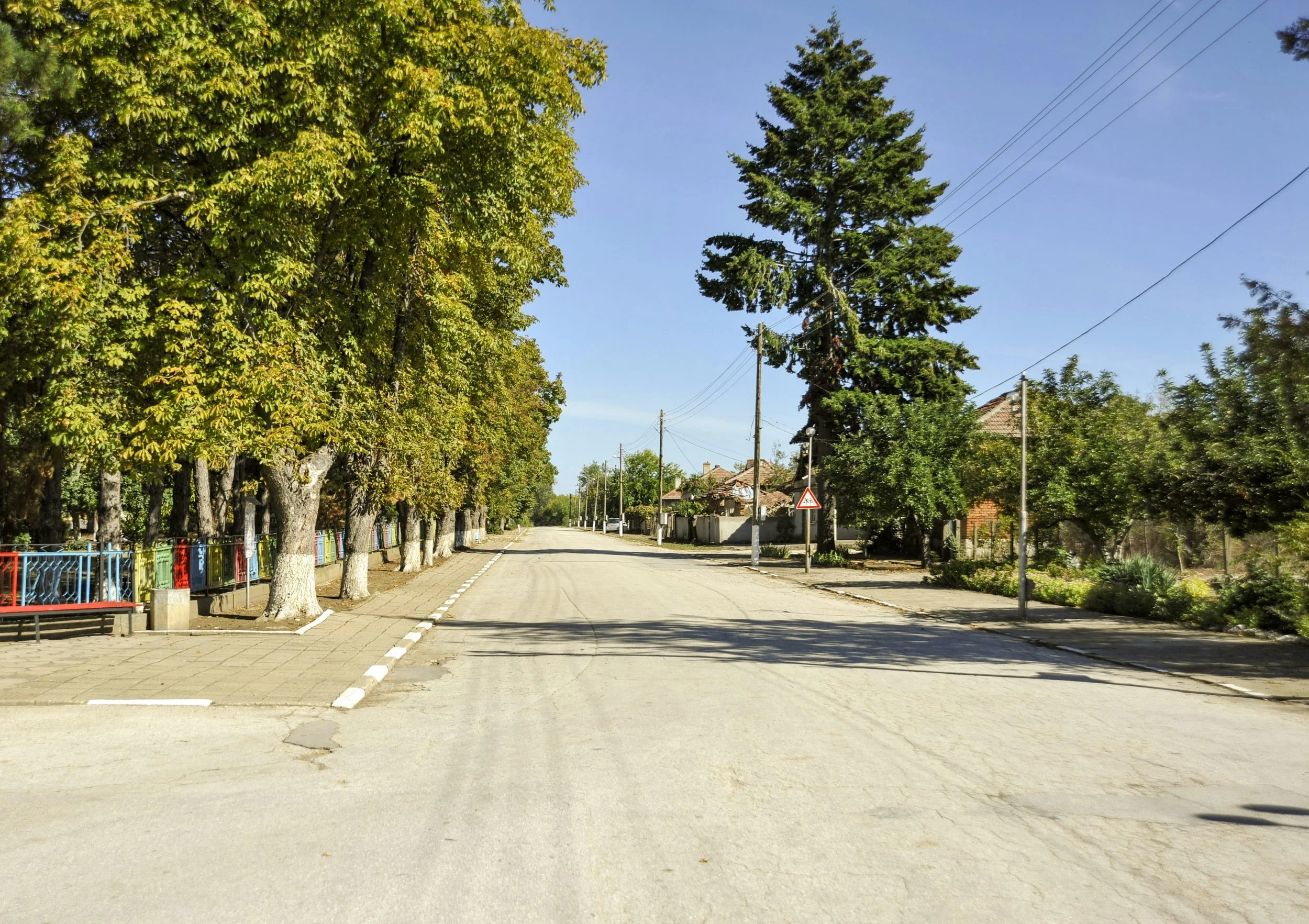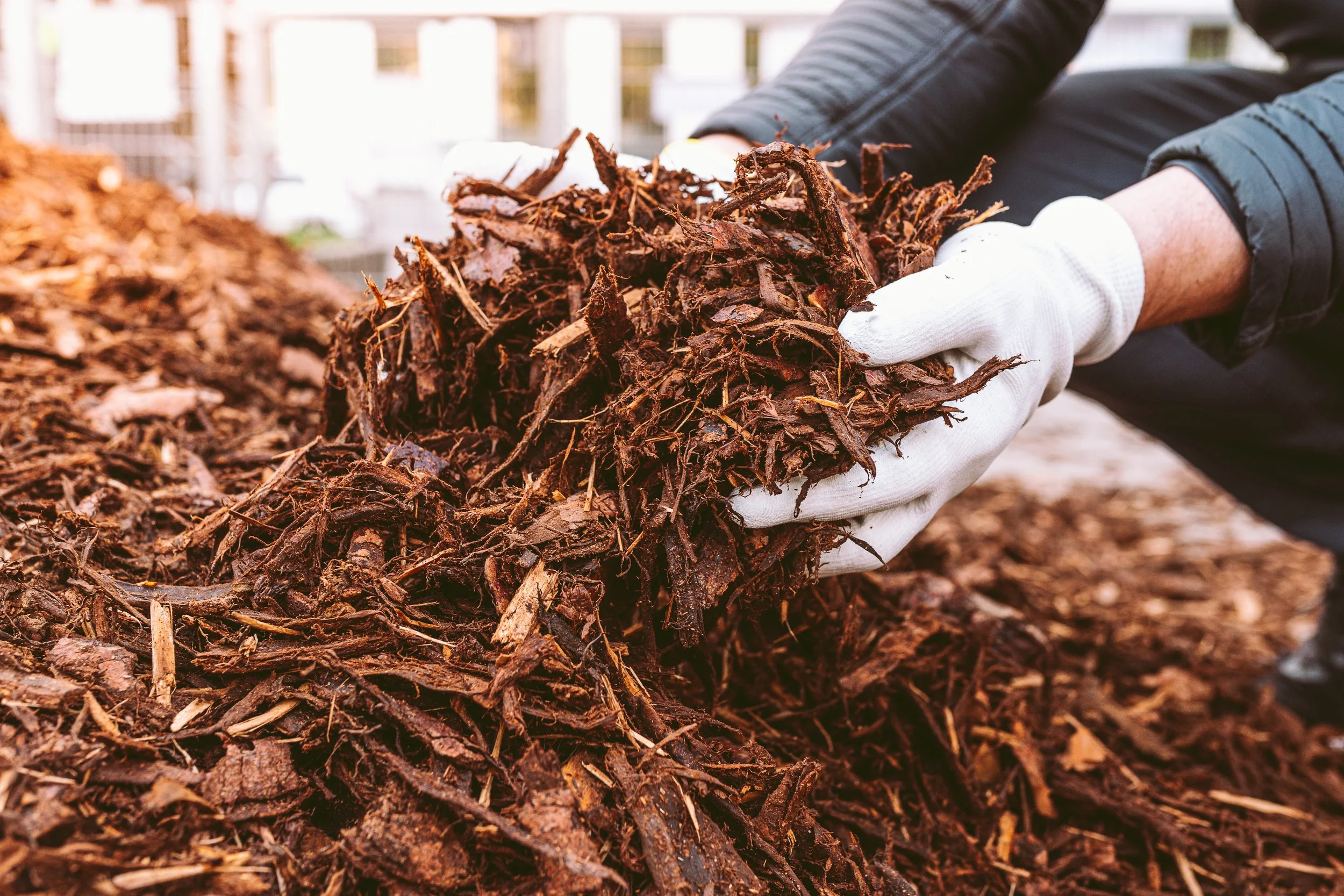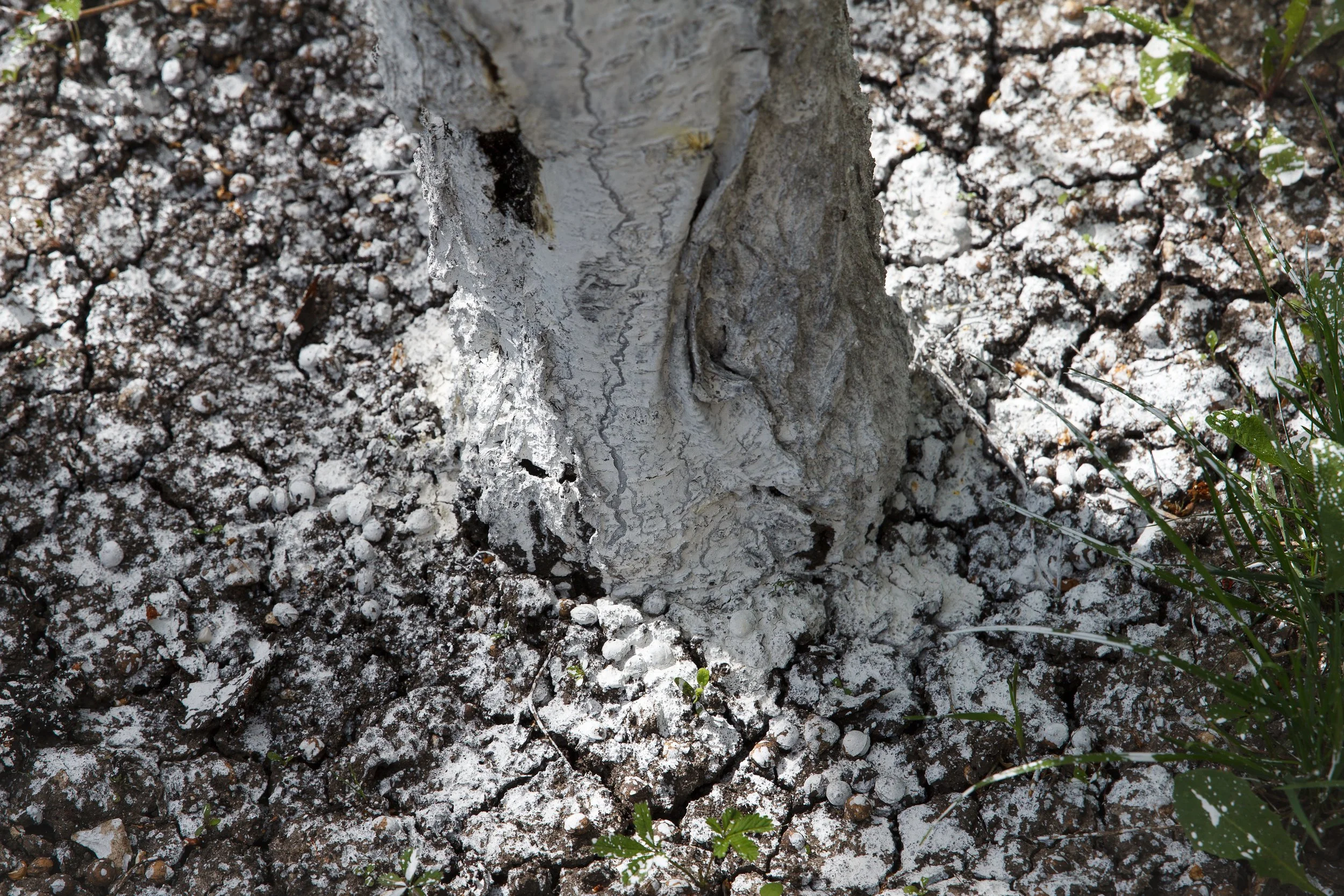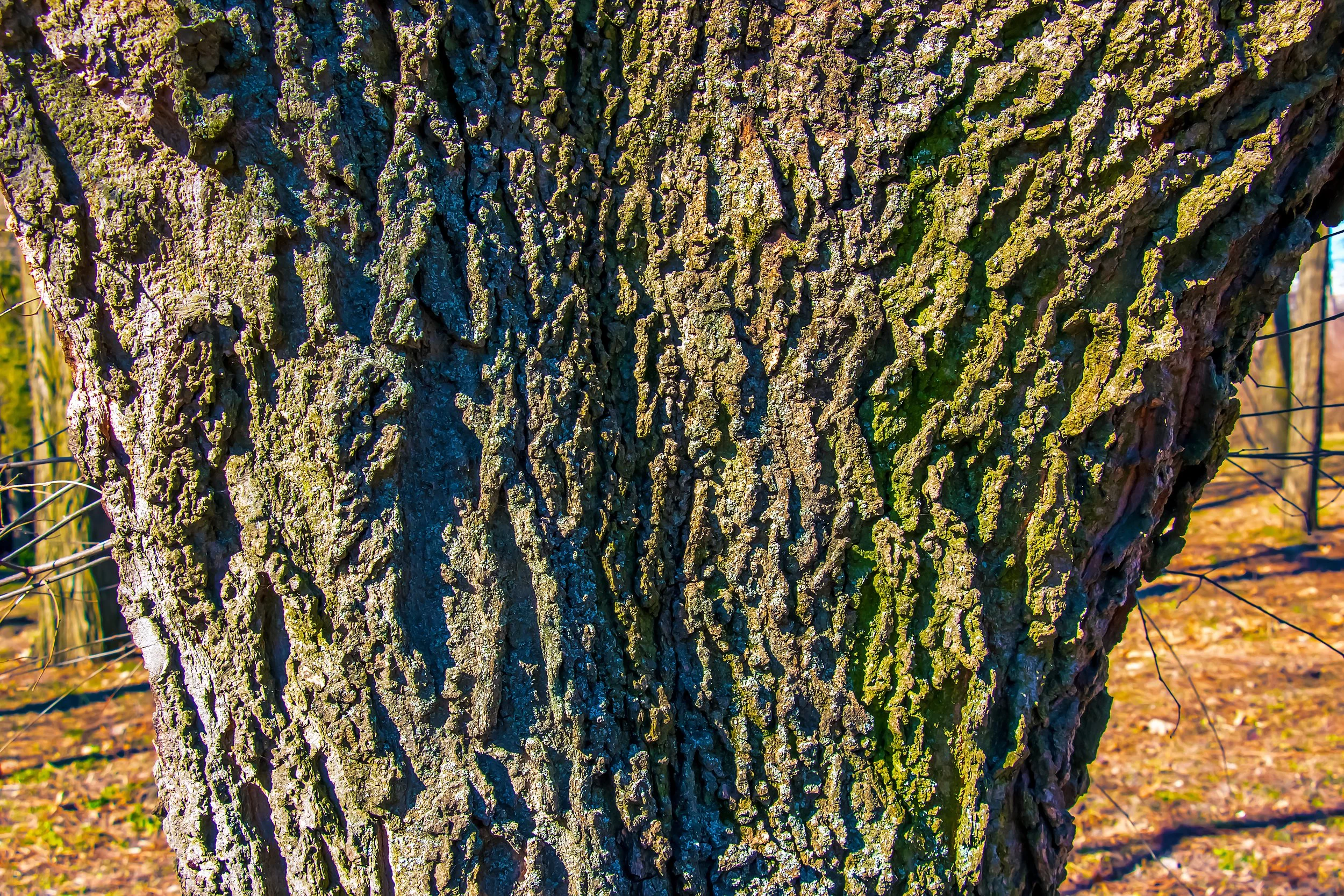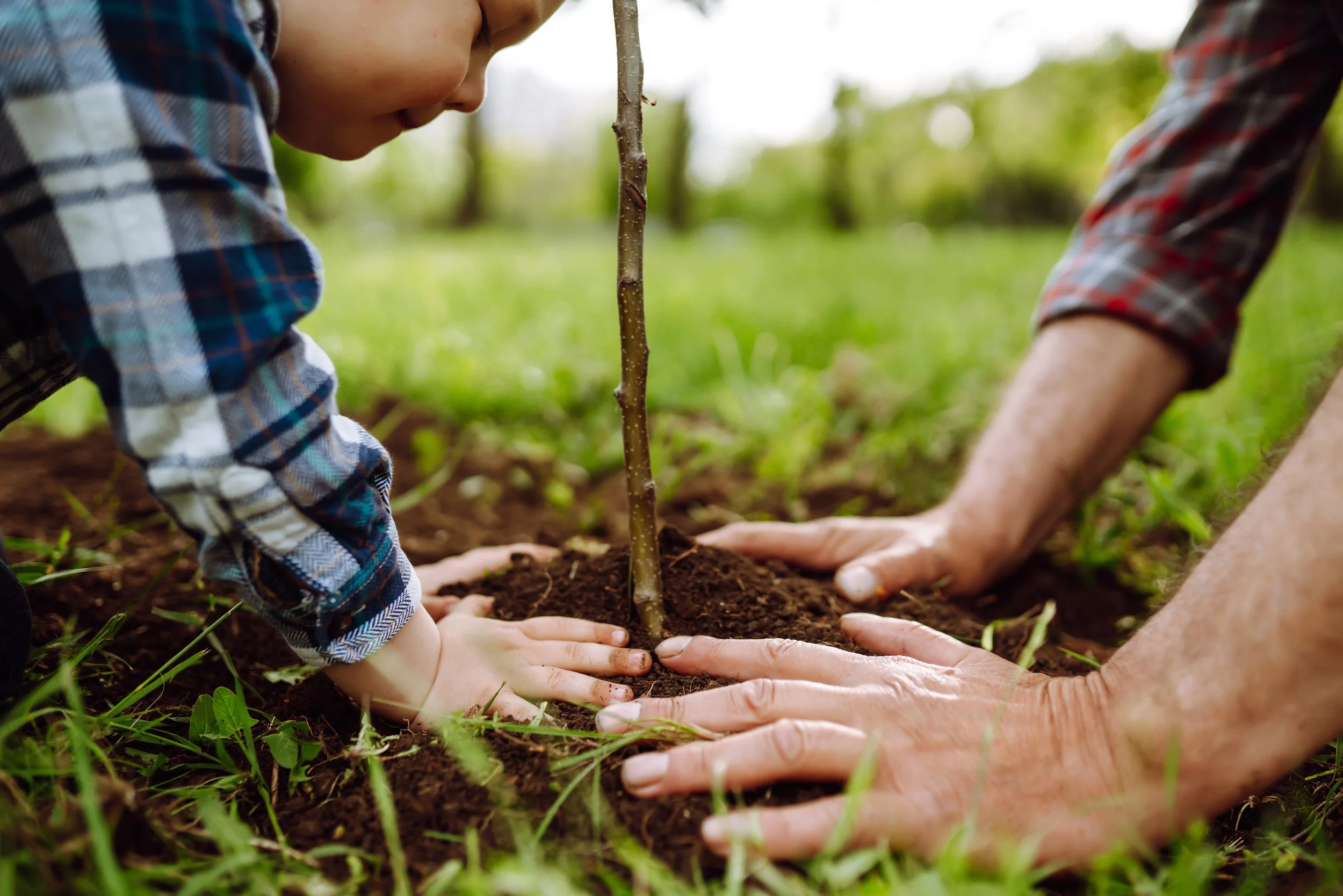10 Ways to Protect Your Trees from Summer Heat in Yakima County
With triple-digit temperatures and weeks without rain, Yakima County summers push trees to their limits. Whether you have a lush backyard oasis or a few shade trees lining your property, it’s crucial to take proactive steps to ensure they survive, and even thrive, during our region’s hottest months.
At Big R Tree Service, we know the value of healthy, established trees. They increase property value, provide shade and cooling, and are essential to the local ecosystem. However, they’re also vulnerable, especially during extreme weather conditions that are becoming increasingly frequent in Central Washington.
Here’s everything you need to know about protecting your trees from heat stress and drought this summer in Yakima County.
1. Understand How Drought Affects Trees in Our Area
Yakima County has a semi-arid climate, with warm summers and relatively low rainfall. This means that even native and drought-tolerant species can experience stress when temperatures soar and soil dries out.
Signs your tree may be suffering from drought stress include:
● Wilting or curling leaves
● Yellowing or browning leaf edges
● Premature leaf drop
● Cracks in the bark
In younger trees, these symptoms can escalate quickly. In mature trees, stress may take months or even years to show, but the long-term health impacts can be severe.
2. Water Deeply — and Strategically
The most effective way to help your trees during a drought is deep watering. Shallow, frequent watering doesn’t reach the roots, especially during Yakima’s hot summer days when surface water evaporates quickly.
Here’s how to do it right:
● Water early in the morning or late in the evening. This reduces water loss due to evaporation.
● Focus on the drip line, not the trunk. The roots that absorb water spread out beneath the canopy, so direct your hose or soaker hose around the edge of the canopy.
● Water slowly and deeply. Use a soaker hose or set your hose to a slow trickle for at least 30–60 minutes per tree, depending on its size.
● Frequency: Water mature trees once a week. Younger or newly planted trees may require watering every 3–4 days during periods of peak heat.
● A good rule of thumb: trees need roughly 10 gallons of water per inch of trunk diameter during hot, dry conditions.
3. Mulch Is Your Tree’s Best Friend
Mulching is one of the easiest, most cost-effective ways to protect your trees from heat and drought.
Benefits of mulch include:
● Retaining soil moisture
● Regulating soil temperature
● Preventing weed competition
● Improving soil structure over time
How to mulch properly:
● Apply 2–4 inches of mulch in a circle around the tree, ideally out to the drip line.
● Keep mulch away from the trunk, and leave a few inches of bare soil around the base to prevent rot or rodent damage.
● Use organic mulch such as bark chips, shredded wood, or composted yard waste. Yakima County regularly sees temperatures climb above 90°F. A properly mulched tree can stay up to 10°F cooler at the root zone than one left exposed.
4. Prune Wisely (and Sparingly) in Summer
Pruning can be beneficial, but during extreme heat or drought, it must be done with care. At Big R Tree Service, we recommend avoiding heavy pruning in midsummer unless there’s a safety risk or you’re removing dead or damaged branches.
Why? Because:
● Leaves provide shade for branches and bark.
● Pruning stimulates new growth, which demands more water.
● Exposed limbs are more vulnerable to sunscald and heat stress.
If you’re unsure about whether or how to prune during summer, give us a call. Our arborists can assess your trees and recommend the safest approach for their care.
5. Protect Tree Trunks from Sunscald
Sunscald occurs when intense sunlight heats the bark during the day and then temperatures drop at night — a common pattern in Yakima’s climate.
This can damage the inner bark, leading to cracks, discoloration, and entry points for pests and disease.
To prevent sunscald:
● Wrap the trunk of young or thin-barked trees (like maples or fruit trees) with light-colored tree wrap.
● Install shade structures if necessary, especially for newly planted or vulnerable trees.
● Ensure the tree is well-mulched and watered.
6. Avoid Fertilizing During Heat Waves
It’s tempting to feed a struggling tree, but fertilizing during hot, dry conditions can do more harm than good.
Here’s why:
● Fertilizer promotes new growth, which increases water demand.
● Salts in fertilizers can stress roots if the soil is dry.
● Drought-stressed trees aren’t efficient at taking up nutrients.
If your tree needs fertilization, wait until early fall, or consult a professional to determine if a slow-release, organic option is appropriate.
7. Know the Needs of Your Tree Species
Not all trees respond to heat and drought in the same way. In Yakima County, many properties include a mix of native, ornamental, and fruit-bearing trees.
Some species common in Central Washington that tolerate heat and drought well:
● Ponderosa Pine
● Juniper
● Serviceberry
● Hackberry
Fruit trees like cherries, apples, and pears need more consistent watering and are particularly sensitive to heat stress. Take the time to learn what your specific trees need. Or let Big R Tree Service help you identify them and assess their condition. We’re happy to share our expertise on what grows best in our climate.
8. Watch for Pests and Disease
Drought-stressed trees are more vulnerable to pests and diseases. In Yakima County, common threats include:
● Aphids and spider mites – which thrive in hot, dry conditions
● Borers – which attack weakened trees
● Fungal infections – like powdery mildew or sooty mold on fruit trees
Check your trees weekly for signs of trouble:
● Holes in bark
● Sticky residue or webbing
● Discolored or deformed leaves
● Unusual growths or dieback
Early detection can make the difference between saving a tree and losing it. Our blog 13 Signs of Insect Infestation in Your Yakima County Trees can shed some more light on what you should be looking for.
9. Help Young and Newly Planted Trees
Trees planted within the last 1–3 years are especially at risk during hot Yakima summers. Their roots are still shallow and developing, making them less able to find moisture deep in the soil.
Extra care for young trees includes:
● Watering 2–3 times per week
● Generous mulching
● Temporary shading with fabric or burlap during extreme heat
● Avoiding staking too tightly
A small investment of time now ensures those trees will mature into long-lasting shade providers in the years to come.
10. Call in the Experts When in Doubt
Tree care during a Yakima summer can feel overwhelming, but you don’t have to do it alone. At Big R Tree Service, we’re proud to serve the Yakima Valley with arborists who understand our unique climate and soil conditions.
Protecting your trees is an investment in your home, your shade, and your local environment.
Smart Tree Care Now Means Healthy Trees Later
Summer heat and drought are a part of life in Yakima County, but with the right care, your trees can remain healthy, beautiful, and strong.
By watering deeply, mulching properly, avoiding unnecessary stress, and knowing the specific needs of your trees, you’ll be giving them the best shot at not just surviving but thriving in our warm, dry climate.
Need help? Big R Tree Service is just a call or click away. Let’s keep Yakima green and growing, one tree at a time.
Contact Big R Tree Service Today
Serving Yakima County

